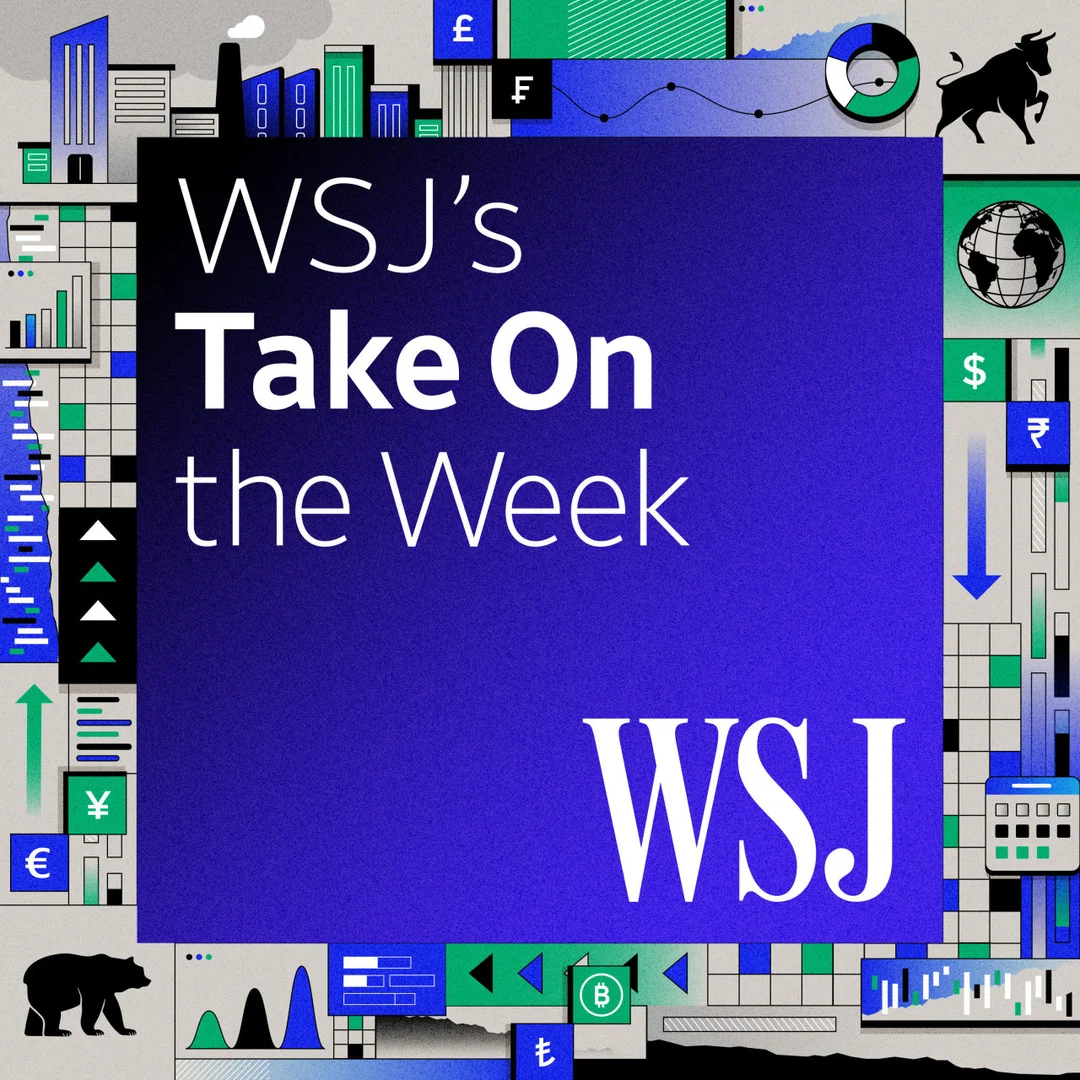
U.S. Economy Faces Stagflation Amid Tariff-Induced Slowdown
The U.S. economy is grappling with stagflation, a troubling combination of stagnant growth and rising inflation, largely attributed to recent tariff policies. According to a CNBC survey, first-quarter GDP growth is projected to be a mere 0.3%, signaling a significant slowdown. This economic stagnation is coupled with inflationary pressures, creating a challenging environment for both consumers and businesses.
Analysts at Axios have pointed out that the current economic conditions are reminiscent of the stagflation experienced in the 1970s, driven by a similar mix of policy decisions and external economic pressures. The Washington Post has highlighted former President Donald Trump's tariff policies as a key contributor to the current economic malaise, suggesting that these measures have not only failed to protect domestic industries but have also exacerbated inflationary trends.
The Wall Street Journal's podcast, 'Take on the Week,' featured an economist discussing the potential for a recession versus continued stagflation, emphasizing the delicate balance policymakers must strike to navigate these turbulent economic waters. As the U.S. economy continues to face these challenges, the focus remains on how federal and monetary policies will adapt to mitigate the impacts of stagflation.